A question of identity
Unpacking the challenge of Indigeneity in higher education.

Processes such as the Truth and Reconciliation Commission, the Human Rights Commission challenge by Cindy Blackstock and the Missing and Murdered Indigenous Women and Girls Inquiry have created the kind of awareness and public consideration that Indigenous peoples have been seeking for a very long time. Academia has held out Indigenous scholars and students as prime indicators of a university’s successful handling of the push for inclusion, diversity, equity and access (IDEA) in direct response to the TRC’s 94 Calls to Action as well as Universities Canada’s 13 principles on Indigenous education.
The Indigenous community has in turn pointed out that the race to IDEA has included some dubious appointments, and higher education is now facing some serious challenges in its bid to indigenize its leadership, faculty and staff. Not looking as carefully as deemed necessary has placed many of those appointments in jeopardy as faux Indigenous interlopers are weeded out of the mix.
Much of the questioning appears to depend on how public the “declarations of Indigeneity” are and what the declaration brings. In academia it can bring wealth and position prestige because Indigenous scholars remain a minority in Canada and their presence can ensure the college or university has in-house Indigenous representation and someone to teach required courses in a truth and reconciliation era.
Read also: Going beyond self-identification in recruiting Indigenous faculty
Colleges and universities, and likely corporations and non-profits, have relied on “self-identification” for many years out of respect for the rights of Indigenous peoples to choose. However, problems arise in academia when the candidate declares Indigeneity dishonestly, secures benefits they are not entitled to and occupies positions rightly held by scholars or staff members who are Indigenous by birth. The problem has been the growing attractiveness of the benefits of claiming Indigeneity and the “rights” and access to significant resources that accrue to this designation.
A small sample:
- Tuition coverage for education at several levels
- Living allowance (albeit modest)
- Tax exemption if you have secured a “status card”
- Membership in a First Nation, Inuit or Metis organization if accepted
- If accepted, the right to request housing and other financial assistance
- The right to interview for and claim significant economically viable positions
- Infamy for being regarded as Indigenous AND a stellar scholar or faculty member
- Off-reserve housing in cities that offer such a service and mortgage breaks as well
Perhaps this deception started when an individual was fostered by an Indigenous family or lived in a primarily Indigenous neighbourhood, prompting a strong feeling of affiliation without bestowing birthrights and membership; or maybe they simply became an ally as a childhood friend of Indigenous children. Proximity creates a closeness that can make it possible to deeply sympathize with oppression and poverty that is witnessed growing up in similar circumstances. The more they hung out with Indigenous peoples the more they were mistaken for a member of the community and eventually just accepted the assumption they were Indigenous and began to dress and speak in a similar vernacular. In some instances, marrying into an Indigenous family and having children became the pathway to their feelings of connection and acceptance. I have personally known women who have “become” Indigenous through their personal relationships; they wear the earrings, the dress, and write and speak from “personal” experience when asked to describe Indigenous lifeways.
In other cases, over-identification may have happened because someone recalls being on reserve as a child – non-Indigenous medical doctors, dentists, teachers and other professionals frequently worked and lived among Indigenous peoples over the past 100 years or so – but this does not mean they were formally recognized by First Nations, Inuit or Métis governance systems or are entitled to federal government services, because they were not born Indigenous. Similarly, being accepted into an Indigenous family does not grant entry into the nation or bestow treaty or other Indigenous rights.
Status cards are not a reliable indicator of Indigeneity because prior to 1985 any woman marrying a status “Indian” automatically became an “Indian under the Indian Act” even if they were just arriving from another country. This was sometimes a by-product of war, with brides of First Nations men fighting overseas arriving in Canada as freshly minted Canadians and members of First Nations communities. This gift of Canadian citizenship and Indian status included non-Indigenous American women before the 1985 revision to the 1876 Indian Act. Indigenous women, however, lost all access to their homes, lands, and for the most part, their identities, if they chose to marry “out”, whether it was a non-Indigenous man or a non-status Indigenous man. This changed after 1985, but a protracted battle with the department of Indian Affairs and their band councils for a reinstatement of Indigenous women’s rights did not come easily, and for the most part has not included membership of their grandchildren or residency rights on First Nations reserves.
In the end, Indigenous peoples must retain the right to determine who is a member and the right to determine who is not a member. Academic institutions must listen to First Nations, Inuit and Métis who refute a claim of membership, because they are the ones who understand what membership means, what it looks like and how it represents their communities. And while academia may need to be somewhat neutral in the assessment of “self-identification”, we cannot absolve our responsibility to listen carefully and take into consideration the directives of Indigenous governments and community when it comes to the very important question of a confirmed identity.
Featured Jobs
- Veterinary Medicine - Faculty Position (Large Animal Internal Medicine) University of Saskatchewan
- Education - (2) Assistant or Associate Professors, Teaching Scholars (Educational Leadership)Western University
- Business – Lecturer or Assistant Professor, 2-year term (Strategic Management) McMaster University
- Psychology - Assistant Professor (Speech-Language Pathology)University of Victoria
- Canada Excellence Research Chair in Computational Social Science, AI, and Democracy (Associate or Full Professor)McGill University



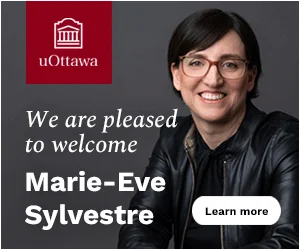
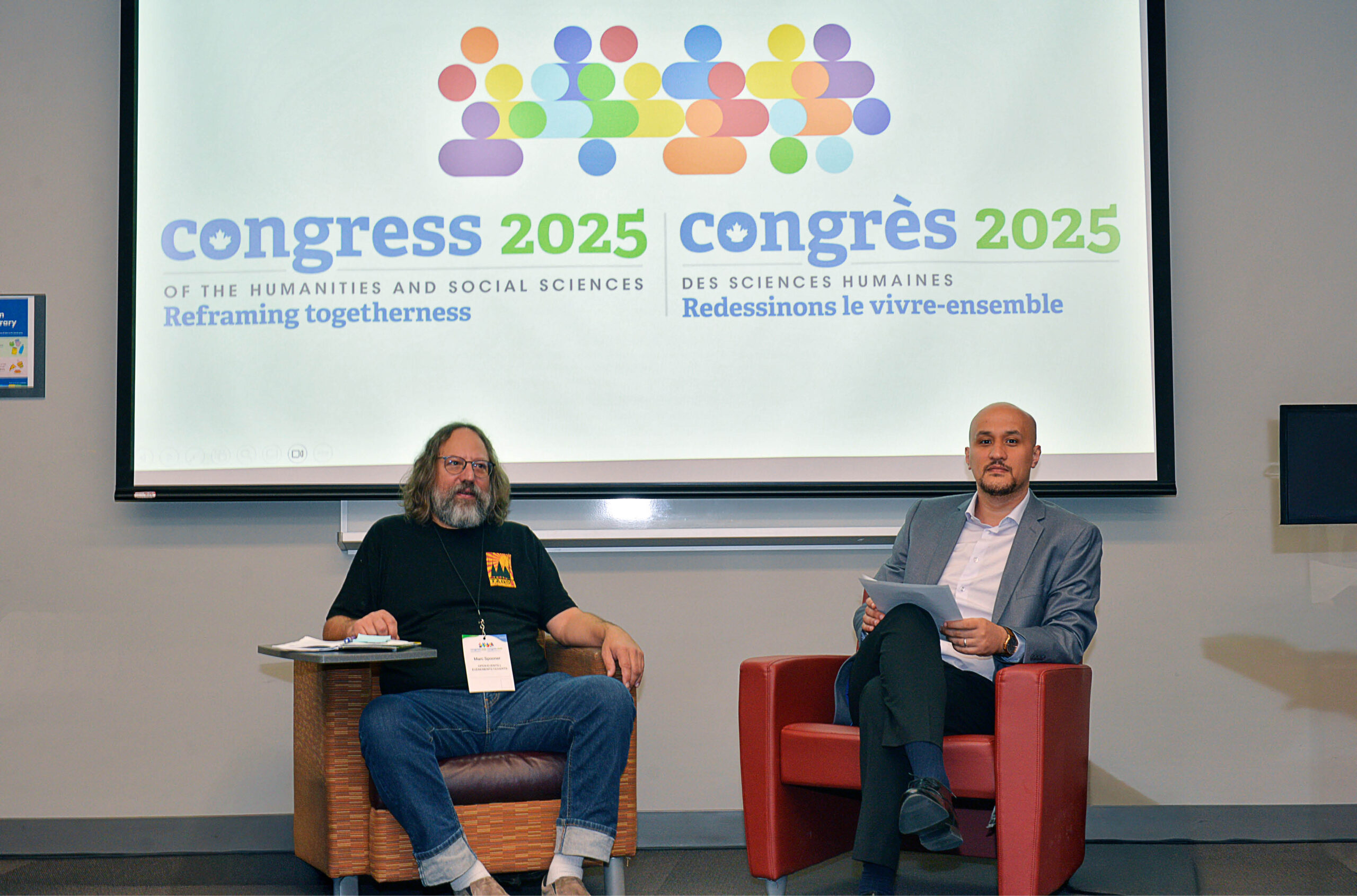
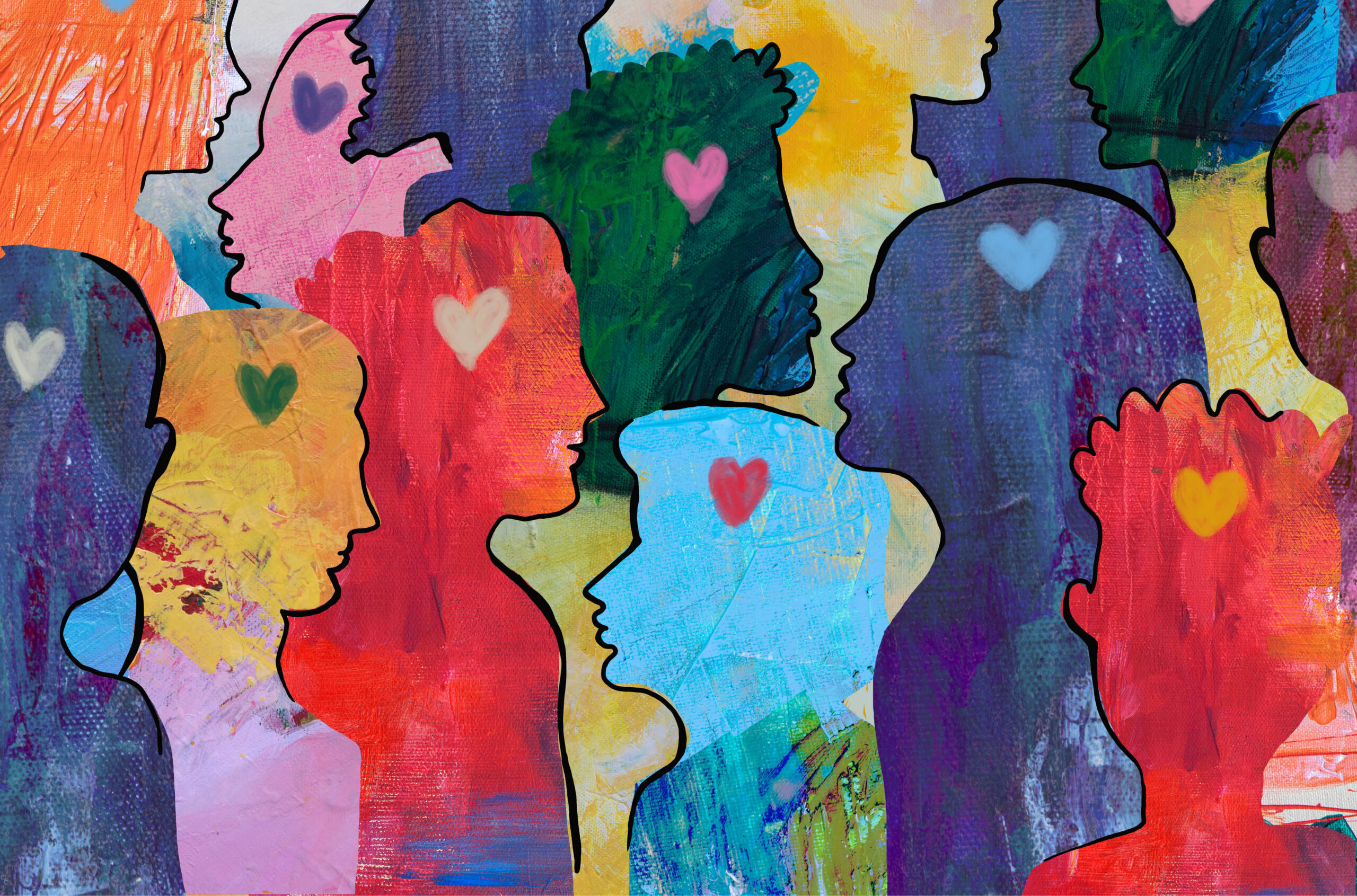
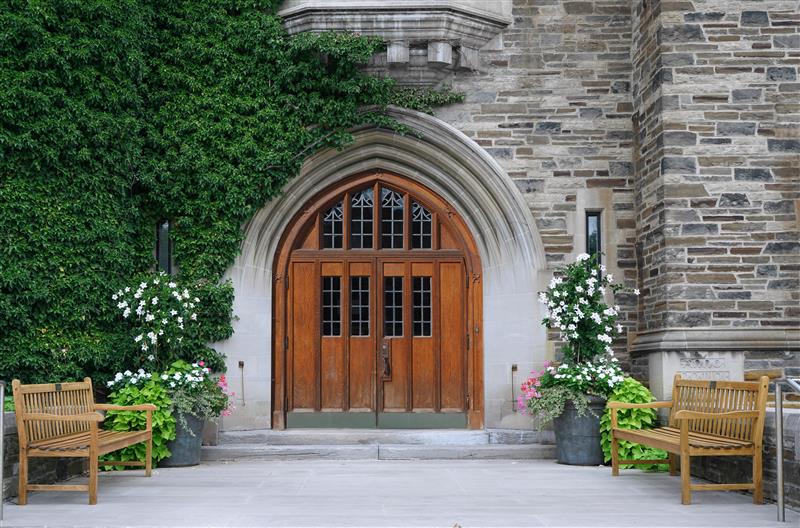
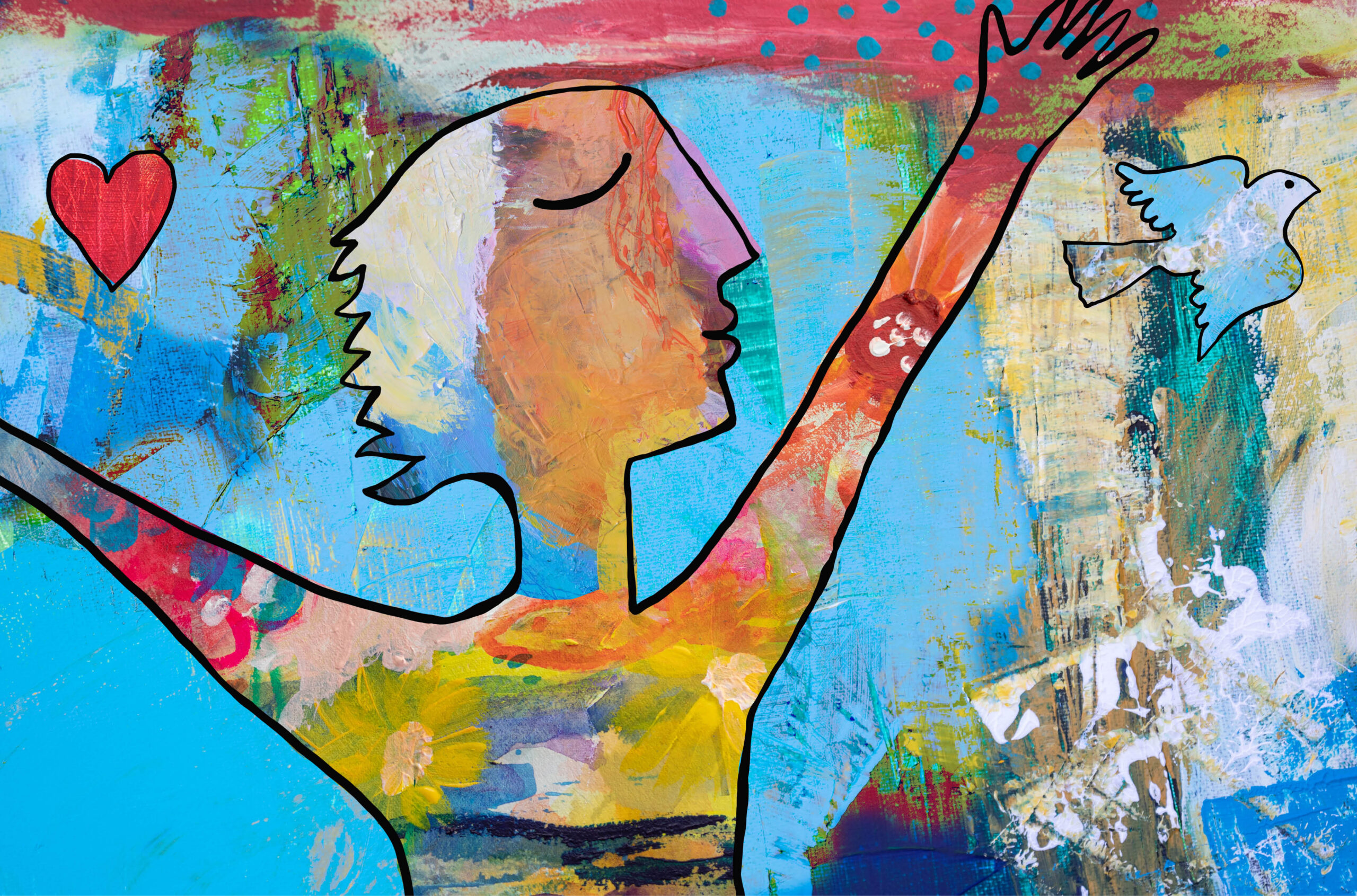
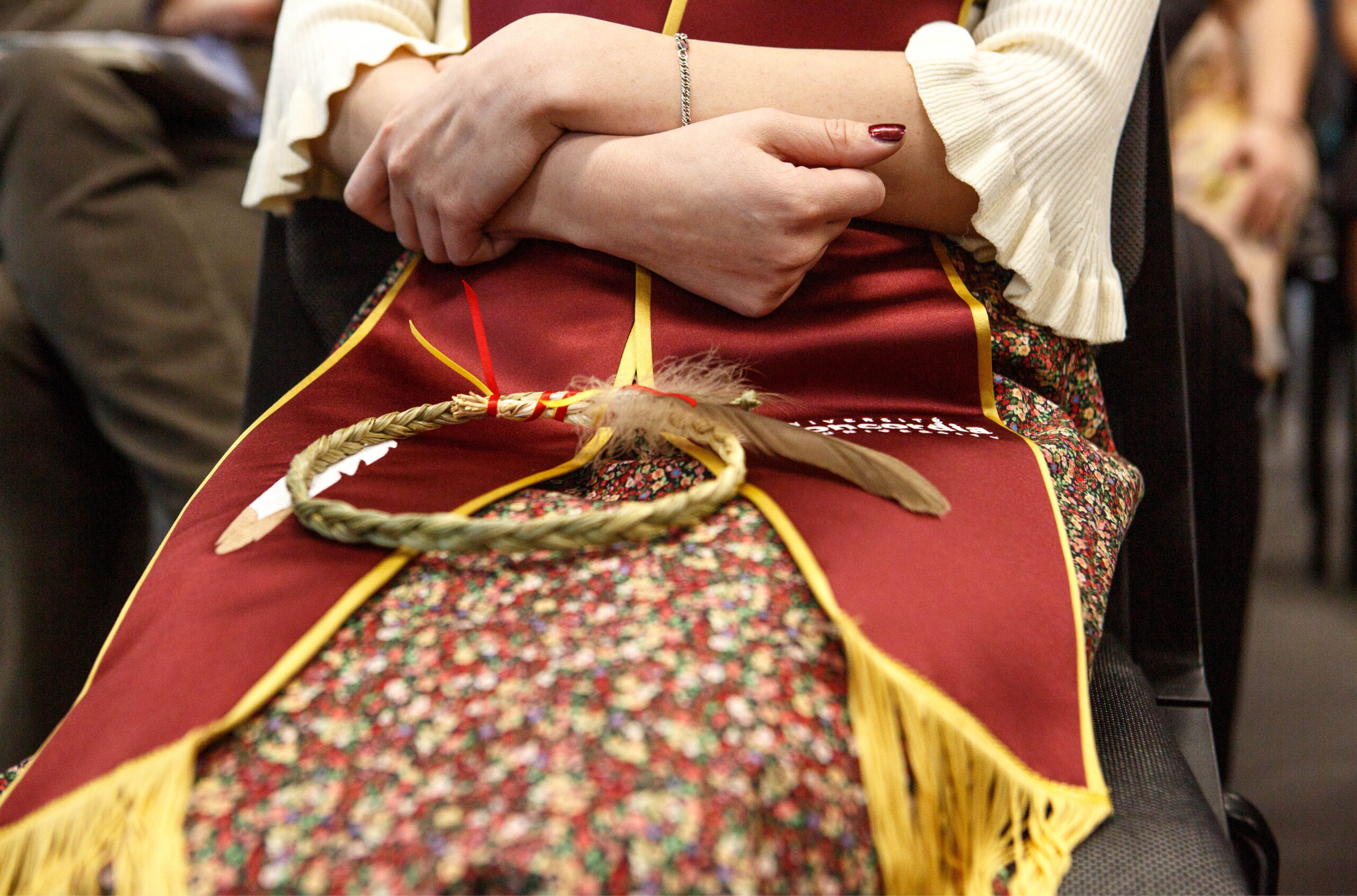
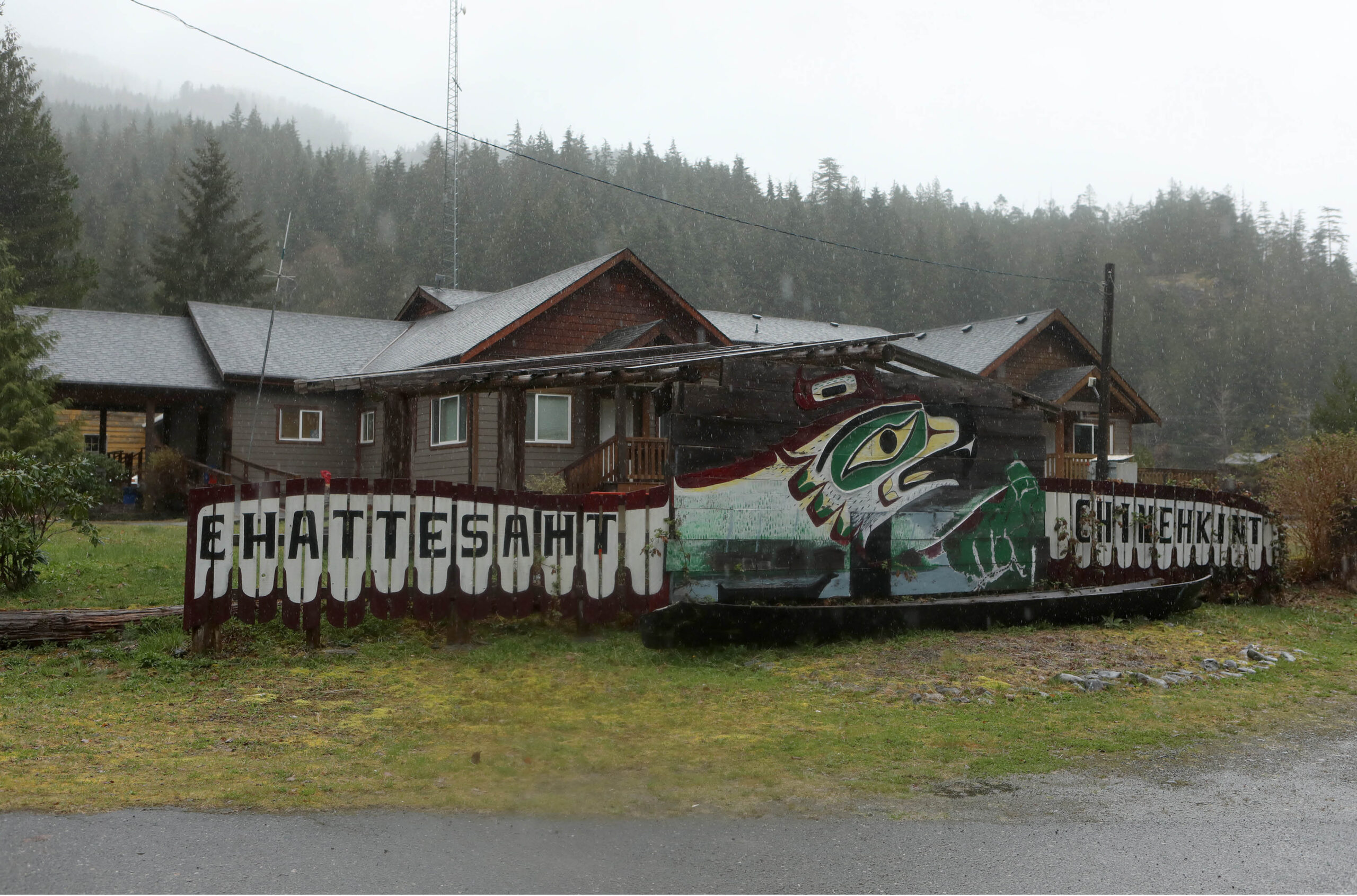
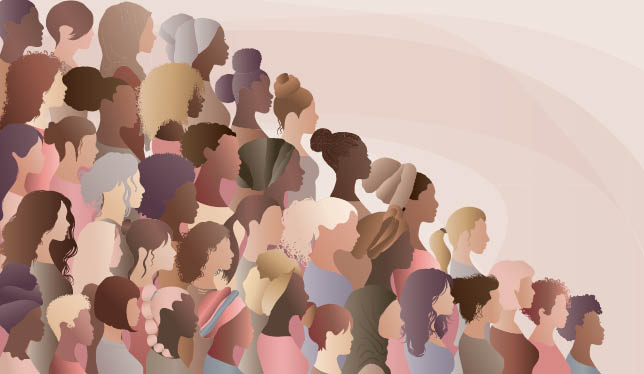

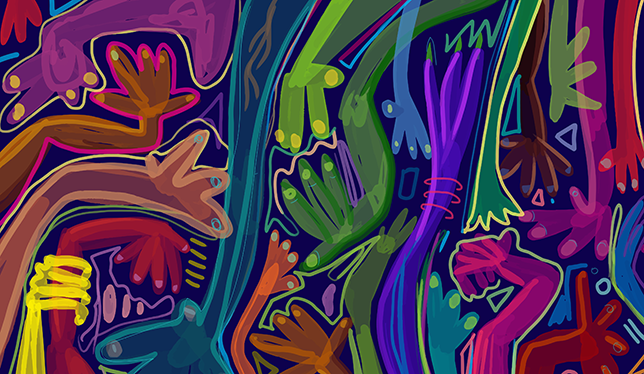
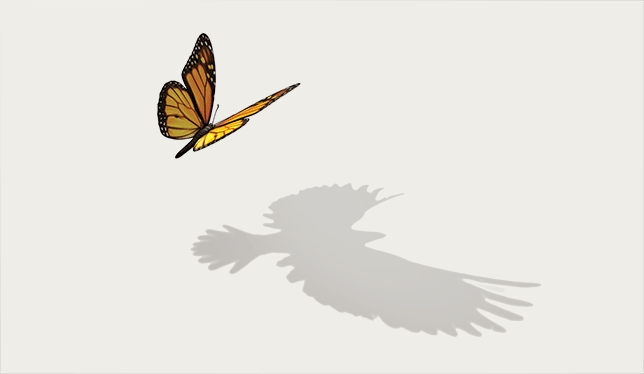
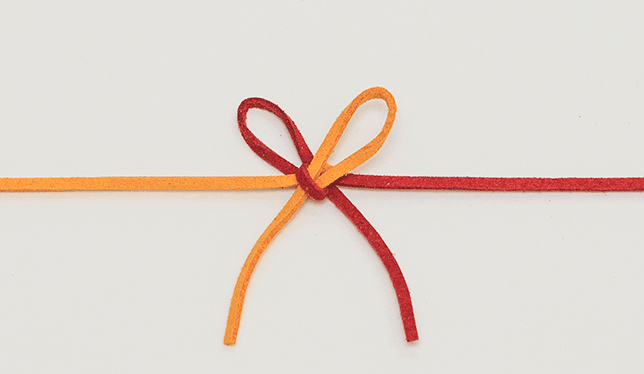
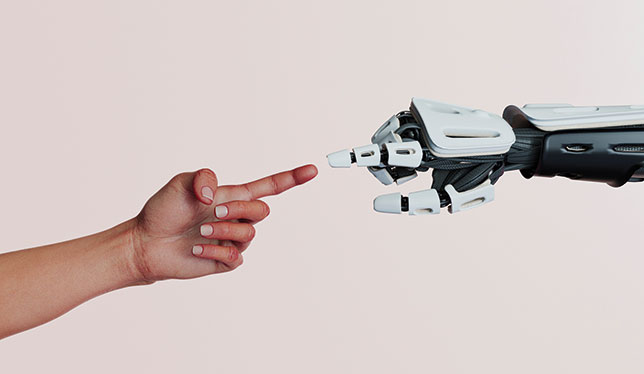
Post a comment
University Affairs moderates all comments according to the following guidelines. If approved, comments generally appear within one business day. We may republish particularly insightful remarks in our print edition or elsewhere.